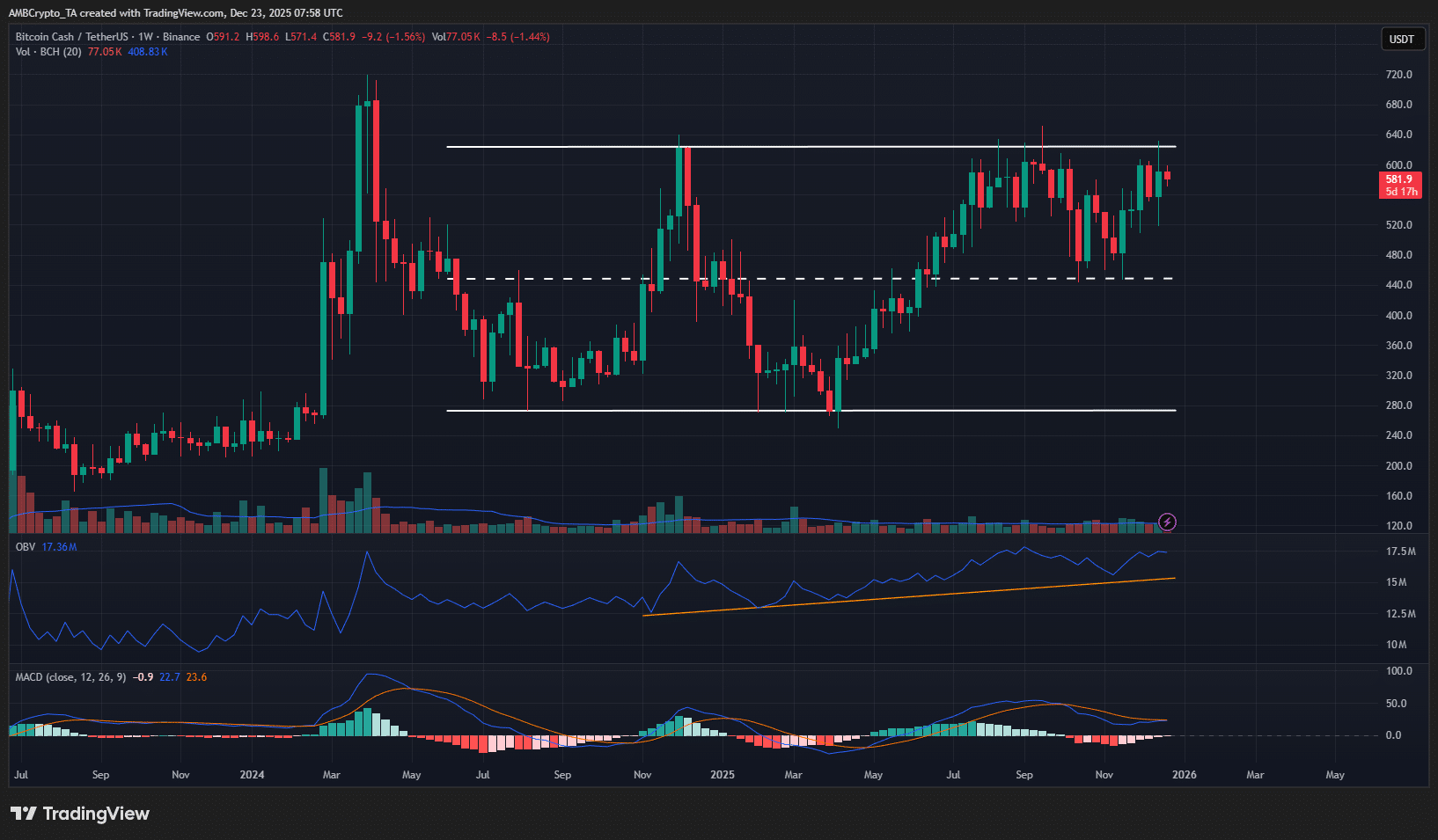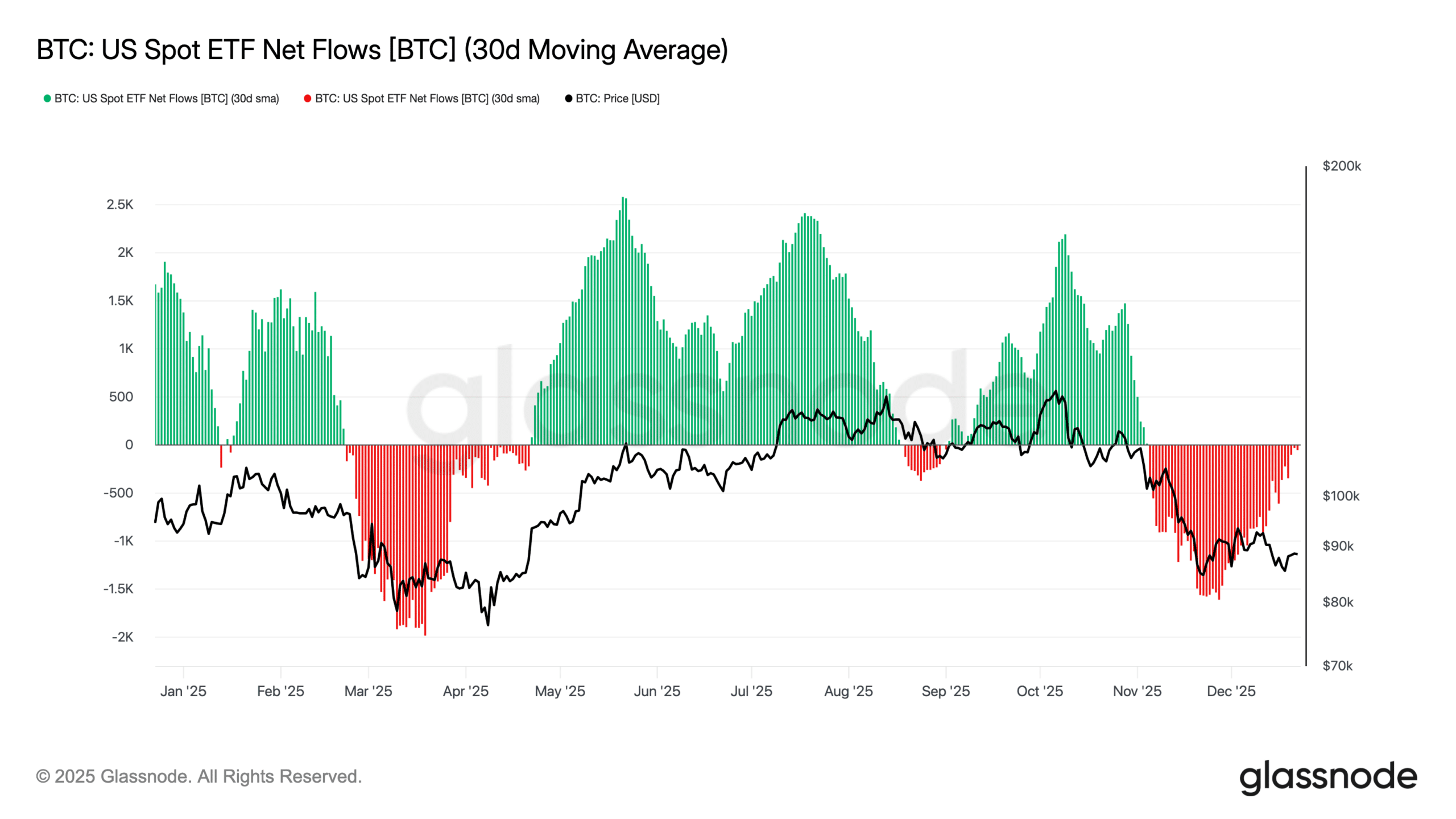The cryptocurrency world is buzzing with news of a significant Ethereum whale withdrawal that recently occurred on the Kraken exchange. This isn’t just a routine transaction; it’s a massive ETH withdrawal that often signals a deeper strategy from the market’s biggest players. Such events often highlight a significant move towards long-term crypto holding. This noteworthy crypto whale activity, tracked by leading on-chain analytics platforms, provides valuable insights into market sentiment and investor confidence.
What Was This Massive ETH Withdrawal?
Recently, an anonymous but very significant investor, often referred to as a “whale” in crypto circles, executed a substantial ETH withdrawal from the Kraken Exchange. This particular whale moved an additional 17,381 ETH, valued at approximately $76.9 million at the time of the transaction. This latest move brings their total withdrawals from Kraken to an astounding 34,973 ETH, worth around $154.73 million.
This data comes directly from Onchain Lens, a reputable on-chain analytics platform, which highlighted the transaction on X (formerly Twitter). Such large withdrawals from centralized exchanges are carefully watched by market participants. They often provide valuable insights into the intentions of these influential holders.
Why Do Large ETH Withdrawals Signal Long-Term Crypto Holding?
When a substantial amount of cryptocurrency is moved off an exchange and into a private wallet, it typically suggests a particular intention: long-term crypto holding. Exchanges are primarily used for trading, where assets are readily available for buying and selling. Moving assets off an exchange, therefore, reduces the immediate selling pressure on the market.
- Reduced Selling Pressure: Assets in private wallets are less likely to be sold quickly.
- Increased Scarcity: Less supply on exchanges can, in theory, contribute to price stability or even appreciation.
- Investor Confidence: It signals that the whale believes in the asset’s future value, opting to hold rather than trade.
This behavior is a strong indicator of confidence in Ethereum’s future trajectory. It implies that this whale is not looking for short-term gains but rather sees significant value in holding ETH over an extended period.
What Drives Crypto Whale Activity?
Understanding crypto whale activity is like peering into the minds of the market’s most influential players. These “whales” are individuals or entities holding vast amounts of cryptocurrency, enough to potentially impact market prices with their trades. Their actions are often a bellwether for broader market sentiment.
Several factors can drive a whale’s decision to withdraw large sums:
- Long-Term Conviction: As seen in this case, a strong belief in the asset’s fundamental value and future growth.
- Security Concerns: Some whales prefer to self-custody their assets to mitigate exchange-specific risks.
- Staking or DeFi Participation: They might be moving ETH to participate in staking (e.g., Ethereum 2.0) or decentralized finance (DeFi) protocols, which offer yield.
- Tax Optimization: Strategic moves might also be related to tax planning.
Regardless of the specific reason, the sheer scale of this Ethereum whale withdrawal from Kraken makes it a noteworthy event. It reflects a strategic decision that could influence how other investors perceive Ethereum’s stability and potential.
How Do On-Chain Analytics Help Us Understand These Moves?
On-chain analytics platforms, like Onchain Lens mentioned in the original report, are invaluable tools for tracking these large movements. They provide transparency by analyzing publicly available blockchain data. This data includes transaction volumes, wallet balances, and movements between different types of addresses (e.g., exchanges, smart contracts, private wallets).
By monitoring these flows, analysts can identify patterns and draw conclusions about market sentiment. For instance, consistent withdrawals from exchanges often correlate with bullish sentiment, while large deposits to exchanges can sometimes precede selling pressure.
This recent ETH withdrawal is a prime example of how on-chain data offers a unique window into the otherwise opaque world of institutional and high-net-worth crypto investments. It helps demystify some of the market’s largest shifts.
In conclusion, the substantial Ethereum whale withdrawal from Kraken underscores a prevailing sentiment among large holders: a strong conviction in Ethereum’s long-term value. This significant movement, tracked by diligent on-chain analytics, highlights the strategic decisions made by influential market participants who are choosing to secure their assets for the future rather than actively trade them. It’s a powerful signal for the broader crypto community, suggesting a vote of confidence in ETH’s enduring potential.
Frequently Asked Questions (FAQs)
Q1: What is a “whale” in the cryptocurrency market?
A: In cryptocurrency, a “whale” refers to an individual or entity that holds a very large amount of a particular cryptocurrency, enough to potentially influence its market price through their buying or selling activities.
Q2: Why is withdrawing ETH from an exchange considered a signal for long-term holding?
A: Exchanges are primarily for trading. When a large amount of cryptocurrency is moved from an exchange to a private, self-custodied wallet, it suggests the owner intends to hold the asset for an extended period rather than selling it immediately. This reduces the circulating supply on exchanges, potentially signaling confidence in the asset’s future.
Q3: What are on-chain analytics?
A: On-chain analytics involve analyzing data directly from a blockchain’s public ledger. This includes tracking transaction volumes, wallet addresses, and movements of assets between different entities (like exchanges or DeFi protocols). It provides insights into market sentiment, supply, and demand dynamics.
Q4: Does this ETH withdrawal guarantee Ethereum’s price will increase?
A: While a significant Ethereum whale withdrawal signals strong confidence from a large holder and can be a positive indicator, it does not guarantee a price increase. The crypto market is influenced by many factors, including macroeconomic conditions, regulatory news, technological developments, and overall market sentiment. This is just one data point among many.
Q5: How can I track crypto whale activity?
A: You can track crypto whale activity by using specialized on-chain analytics platforms and services. Many platforms offer free or premium tools that monitor large transactions, exchange inflows/outflows, and significant wallet movements. Following reputable crypto news sources and analysts who utilize these tools can also keep you informed.
Did you find this insight into the latest crypto whale movements helpful? Share this article with your friends and fellow crypto enthusiasts on social media to spread awareness about significant market trends!
To learn more about the latest Ethereum trends, explore our article on key developments shaping Ethereum price action.


